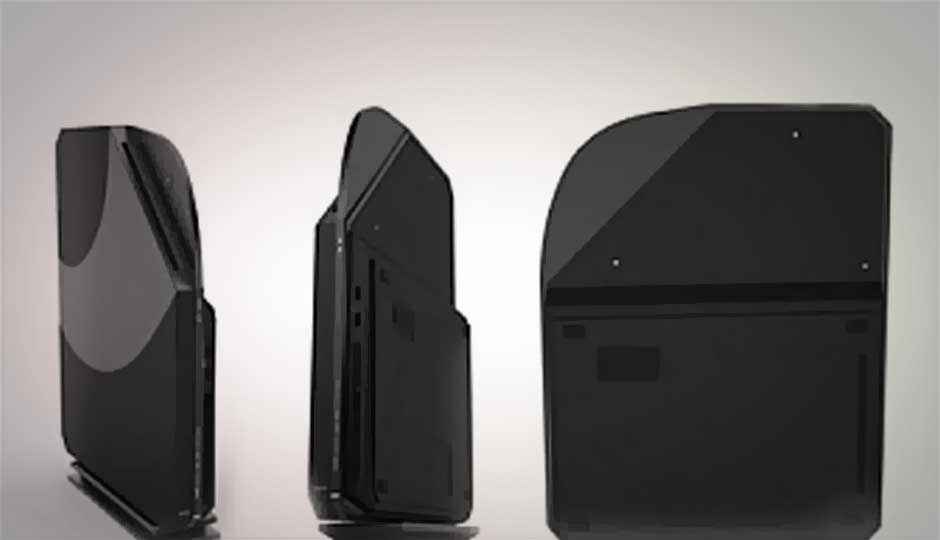

The recent past has seen many interesting leaks, comments and predictions about the next-generation consoles, the Sony PlayStation 4 and Microsoft Xbox 720, and we’re taking a look at a few of the most interesting of these, which range from the proximity of the two release dates, the effect of a Steam Box from Valve on the market, to the type of GPU technology used and maximum frame rates.
A post on NeoGAF points to a patent supposedly filed by Sony recently, which indicates the PS4 may feature a dual graphics structure (APU GPU) with switching technology, with each processor handling different tasks to achieve streamlined performance. The patent application reads:
Graphics processing in a computer graphics apparatus having architecturally dissimilar first and second graphics processing units (GPU) is disclosed. Graphics input is produced in a format having an architecture-neutral display list. One or more instructions in the architecture neutral display list are translated into GPU instructions in an architecture specific format for an active GPU of the first and second GPU.
John Carmack, the genius behind Wolfenstein, Doom and Quake, recently spoke out about the next-generation consoles, saying that the PS4 and Xbox 720 will probably not up the target frame rate to 60FPS from the 30FPS mark the current generation delivers, though some titles may do so. This is certainly disappointing news to those gamers who expected consoles to catch-up with at least this year’s PC graphics.
The two consoles are expected to release at roughly the same time in 2013 – before the last quarter’s holiday season – unlike in the case of their predecessors, when Sony released the PS3 a whole year after the Xbox 360. The market at that point might be unsuitable for their arrival however, with DeNa CEO, Clive Downie predicting that by that point mobile gaming, especially in the tablet and phablet categories, will have made serious inroads into the gaming market, eating up the console share.
In his interview with GameIndustry, Downie goes on to say that consoles may become ‘ultra-core’ or ‘hobbyist’ products. He adds that the rewards for developers are greater in the mobile space as well, with a far vaster market to tap. If you are wondering just how the PC gaming share fits into this, we’ll have to take into account Valve’s Steam Box, which will have a huge impact in further splitting the gaming market, into four – console, mobile, PC and Steam Box.
A GameIndusty report says:
“A Steam Box won’t stop the core from buying an Xbox or PlayStation, but it could easily distract them away from those systems… Steam has shown there’s plenty of value in back catalog games. And it has been equally efficient at shaking up traditional pricing models, with its quarterly sales and surprise deep discounts.”
“Publishers are already comfortable with the way things sell on Steam and know the benefits of those sorts of discounts – and there’s no reason to think they’d become gun-shy about them now… If a larger set of players gets used to them, that’s going to put pressure on traditional retail stores to lower or be more flexible with their own pricing models.”
These are certainly interesting times ahead for consumers, who will have a wide choice of platforms to choose from, with four simple-worry free routes (mobile, console, and Steam Box), apart from the performance-driven PC enthusiast way.